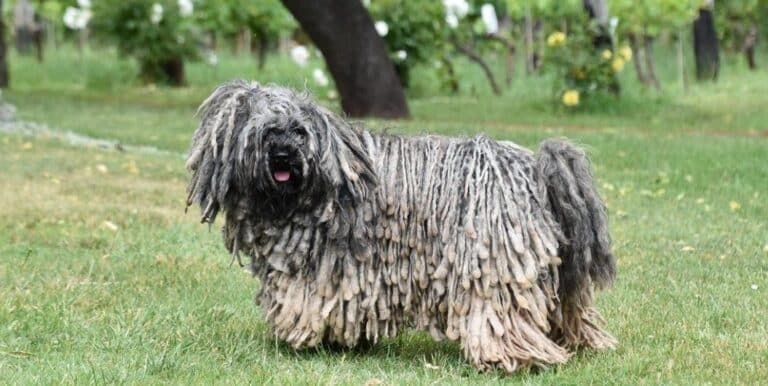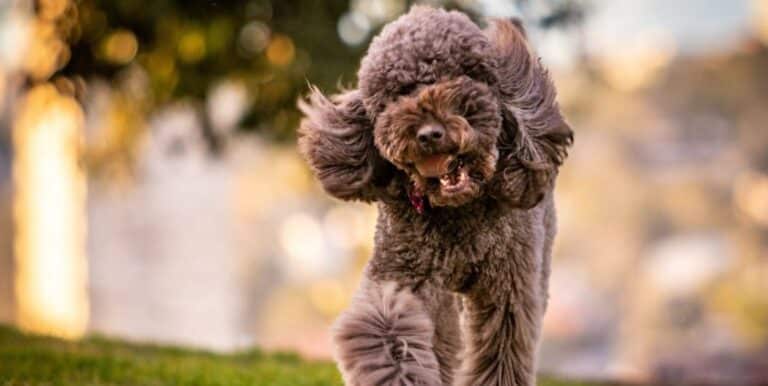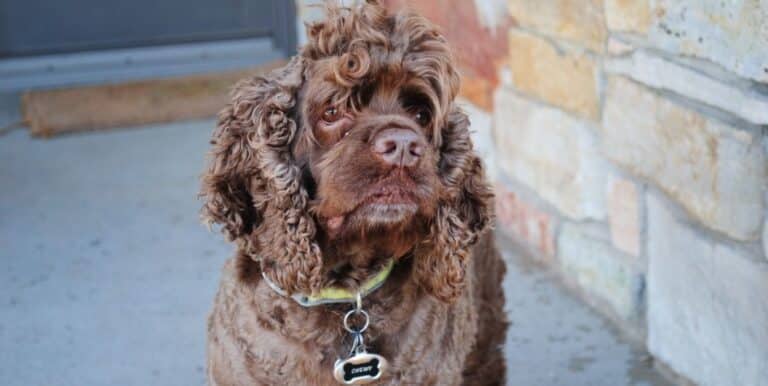What is a Teacup Dog?
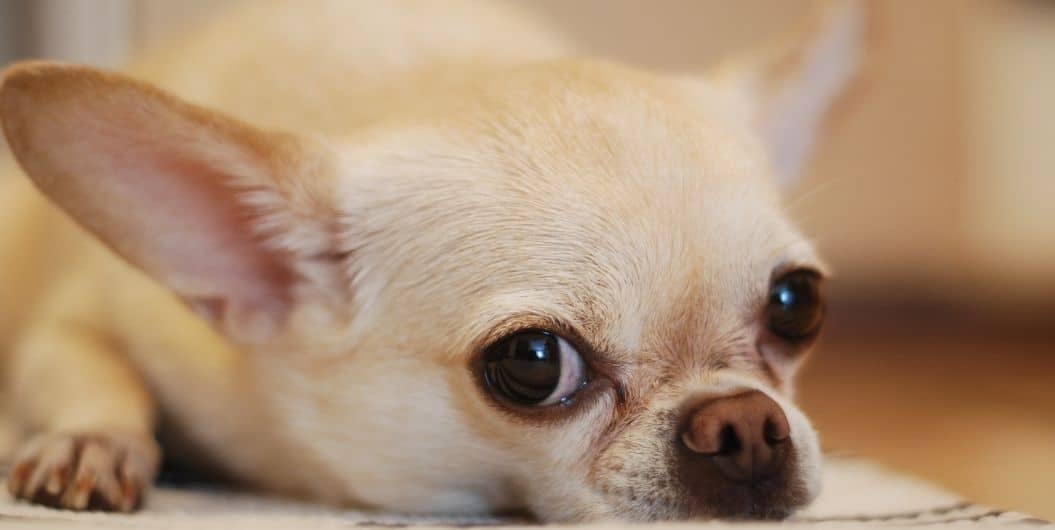
In the United States, The American Kennel Club (AKC) recognizes 21 canine Toy breeds, or breeds of diminutive stature. The term “teacup dog” is not a breed, but slang for an undersized dog from one of these groups, most commonly the Chihuahua. Such dogs are small enough to fit in a teacup, giving rise to the name. Often, the term is used loosely to drive up the price of a puppy, as some people find the extremely small size desirable. In reality, these dogs often have special medical needs, health issues, and tend to have shorter lifespans than their normal-sized brothers and sisters.
One commonly found medical problem among teacup dogs is hydrocephalus, or “water on the brain,” in which fluids build up and cause pressure against the skull. Often, a dog suffering from this condition will have bulging eyes and a stressed appearance. It might also be “wobbly,” having difficulty walking or holding its head steady, though these symptoms aren’t always present. There is no cure for this condition, but when it occurs in humans, a shunt is placed in the brain to drain the fluids into another part of the body where it can be flushed out through natural processes.

While any dog can be a victim of hydrocephalus, it is more common among very small dogs. They might also have thin, weak bones, blood sugar disorders, and other medical problems arising from unfavorable genetic factors.
One reason for the problems associated with these tiny dogs is that many are the result of mating two runts to produce very small offspring. Runts, while deserving of a good life, often have medical issues that, when bred with another runt (or even a healthy dog), weaken the offspring and breed rather than strengthen it. A teacup dog can sell for upwards of $1,000 US Dollars (USD), providing a strong financial incentive to “backyard breeders” and puppy mills to purposely breed dogs that are not genetically fit. By placing a demand on this market, consumers unwittingly encourage this practice of turning out compromised dogs, many of which live their lives with numerous health problems that ultimately lead to exorbitant vet bills and shortened life spans.
This is not to say that a healthy teacup dog cannot be bred. There are some breeders that have taken the considerable time, effort, and money to carefully breed very healthy dogs starting from a lineage of champions, choosing from the smaller of those litters successively to reduce the size of the dog without resorting to breeding runts or introducing medical problems into the offspring. Most teacups found on the market would not qualify for AKC papering, however, and reputable breeders are generally concerned with improving standards by breeding papered pedigrees and champions.
When someone is looking for a very small dog is desired, perhaps the best thing to do for the breed is to contact a local reputable breeder and request a very small puppy from one of their litters. Individuals can ask for and verify pedigree or champion lines, though if the buyer wants actual papers, this will cost extra and isn’t required unless he or she plans to show the dog. Even acquiring the “runt” from such a litter should have far fewer genetic risks and, providing it is healthy at birth, should fare better in the long run with a good chance of living a long, healthy life.
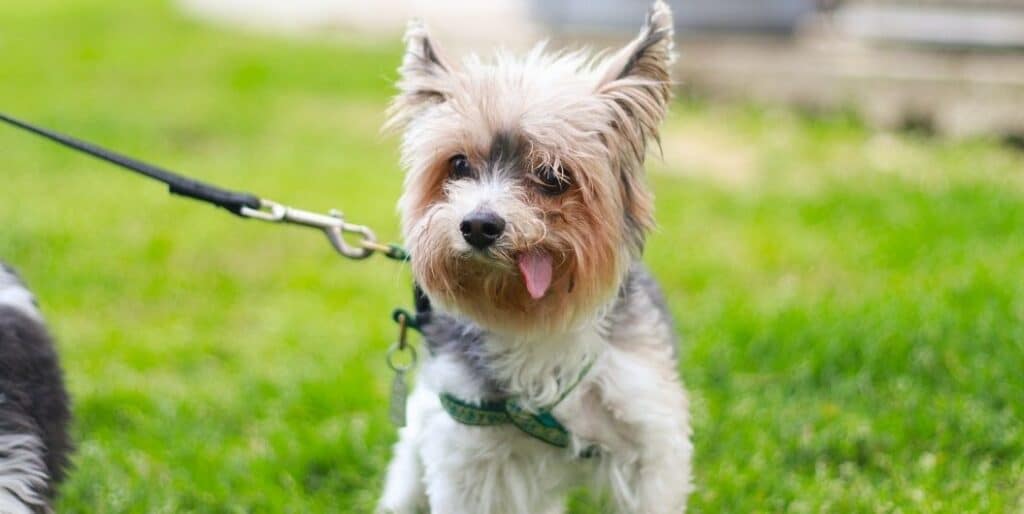
Many people mistakenly believe small or lap dogs like Chihuahuas are safe for children because they won’t pose a threat. Chihuahuas in particular are a poor choice for kids because they have a tendency to be snippy and protective. Small children can also unintentionally hurt a tiny dog, since it is even more vulnerable and can easily be harmed or even killed by dropping it or mishandling it, falling on it, or stepping on it. Instead, the teacup dog is ideally placed in an adult home with someone who will dote on it, such as a senior citizen or a person who works from home.


